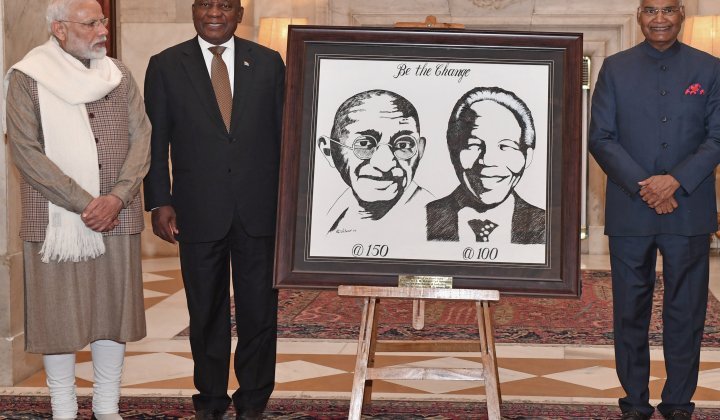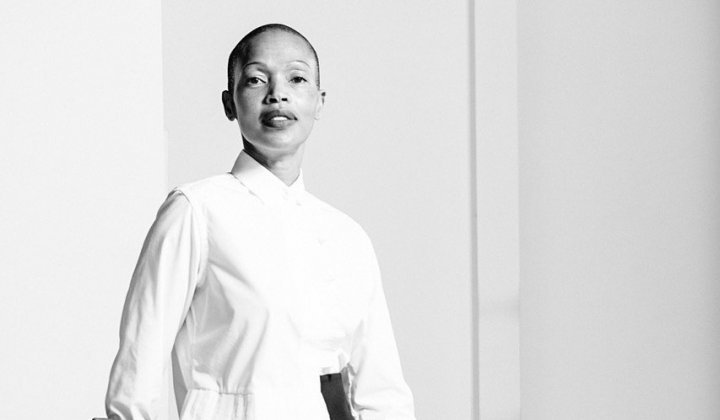A study by the Gerontology Research Center at the University of Jyväskylä, Finland, on the health of people aged 75 to 80 (The Silent Generation, who precede the Baby Boomers) is forcing us to rethink ageing and reassess Boomers as a generation of “retirees”.
The study found that the physical and cognitive health of this Silent Generation is significantly better than those of the same age 30 years ago. They discovered that muscle strength, walking speed, verbal fluency and working memory are significantly better today. Their conclusion? Our understanding of old age is old-fashioned.
Ken Dychtwald, a psychologist, gerontologist and founder of the research company, Age Wave, describes this shift as “uncharted territory” in his book, “What Retirees Want: A Holistic View of Life’s Third Age”.
He maintains that “in our first 30 years of life, our focus is on biological development, making friends, identity formation and seeking a partner. From 30 to 60, it’s a period occupied with building a family and a productive career. But, due to medical breakthroughs, what is now emerging is a whole new stage of life between 60 to 90. This new Third Age is about the reinvention of oneself. It’s no longer just free time. It’s about continuing to grow, learn, meet new people, try new things and even discover new purpose.”
This makes sense considering that retirement age at 65 was established in 1935 when life expectancy was around 58. But life expectancies are increasing, with a new claim by Dutch scientists of the possibility of living to 125 by 2070.
Reframing marketing for Life’s Third Age
If this is the case, then expect a massive ripple effect in changing the mindset of many sectors, specifically financial services and the advertising industry. The advertising industry has a particular blind spot when it comes to an older demographic, which is odd considering they have more disposable income than a younger generation at which most advertising is aimed.
The reason for this could be due to how the advertising industry is motivated. Older consumers are seen to be less fickle customers. However, marketers are rewarded for acquisition, so the most creative, high-production ad campaigns are focused on a younger demographic, so marketing aimed at older groups is less creative and usually follows stereotypical formulas of older people portrayed as needy and helpless.
Getting Advertisers to Think Differently About Ageing, a McCann Worldgroup report, is tackling this perception. Nadia Tuma-Weldon, who authored the report, says, “People live their lives in one way, and marketers talk about people’s lives in another way. Age is becoming a less reliable indicator of just about anything. There are style icons in their 90s; you have billionaires who are 25.” She recommends the advertising industry focus on attitudes, not age.
One of the more fascinating findings in their global survey was the fact that “people in their 20s fear death the most, those in their 30s think about ageing the most, while people in their 70s actually worry about ageing the least. It’s almost like the demographics that we’ve created are a barrier to us understanding people at a deeper level.”
Meet the “perennials”
The emerging “longevity industry” is a multimillion-dollar industry that focuses on providing older people's needs, including products, education, travel and entertainment. For example, the Silicon Valley Boomer Venture Summit is the longest-running event for entrepreneurs and investors in the US$7.6 trillion longevity market.
Maureen Conners, who works in the longevity industry, uses the word "perennials" to refer to older customers. She says that “the description, ‘perennials’, implies that we're still here, blossoming again and again. It also suggests a new model of life in which people engage and take breaks, making new starts repeatedly.
So, what happens when we all start living longer?
A 2018 World Health Organisation report – Ageing and Health –revealed that the pace of population ageing is speeding up. They calculated that between 2015 and 2050, the proportion of the world's population of people over 60 years will nearly double from 900 million to 2 billion.
By mid-century, there will have been an important demographic shift: 80% of older people will be living in low and middle-income countries, which will impact healthcare services for those countries. This exponential pace of population ageing is significant. A country like France had 150 years to adapt to a change from 10% to 20% in the proportion of the population turning older than 60. But countries like Brazil, China and India will only have around 20 years to make the same adjustment. The burden on health and social systems will be severe if this trajectory is not addressed now.
As “Life’s Third Age” becomes more pronounced, two simultaneous challenges occur: how to deal socially with the extension of healthy years, coupled with increased numbers of very old people who need specialised “geriatric syndrome” care.
Three factors need to change to facilitate this generational shift:
- Public attitudes towards older people. There is no longer a ‘typical’ older person. Ageism and workplace discrimination need to be reassessed. In Australia, creative agency, Thinkerbell, launched an internship programme exclusively to applicants over 55 years old.
- Government policies on retirement age must change. Public policy makes retirement a cliff edge when it should be a ramp.
- Drastic changes in health spending. Most diseases of ageing are best met with prevention and lifestyle changes, but only 2-3% of most countries’ healthcare spending goes towards prevention.
Age-specific vs age-appropriate products and services
Designer Dmytro Nikiforchuk has created a range of sex toys for the elderly. Each object is designed to be used by couples to stimulate their own and each other's senses of sound, smell, touch and sight. Nikiforchuk decided to focus on the mature users because they are often left out of the traditional 18 to 49 age brackets for the design and marketing strategies for sex toys.
As Nadia Tuma-Weldon says, “focus on attitudes, not age”.
Dion Chang is the founder of Flux Trends




